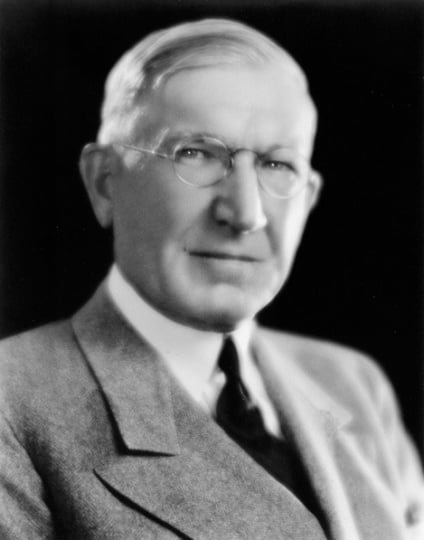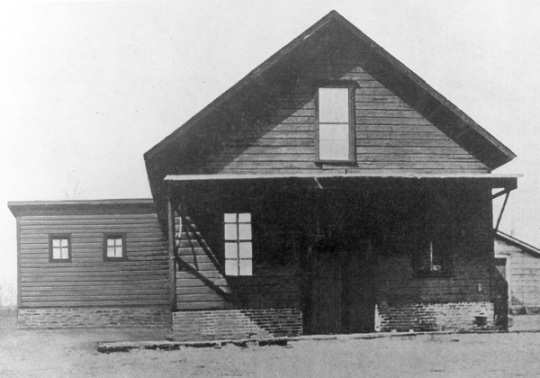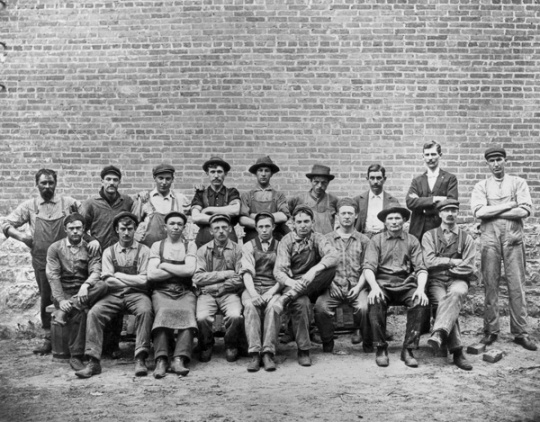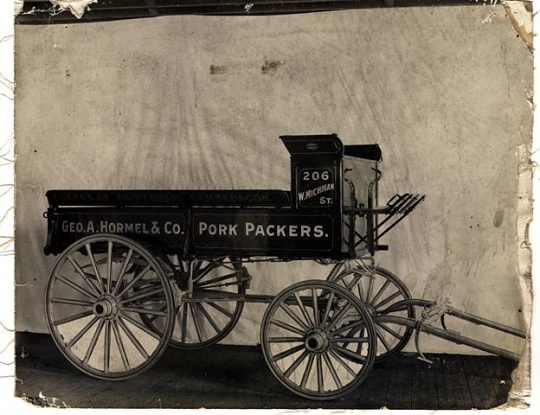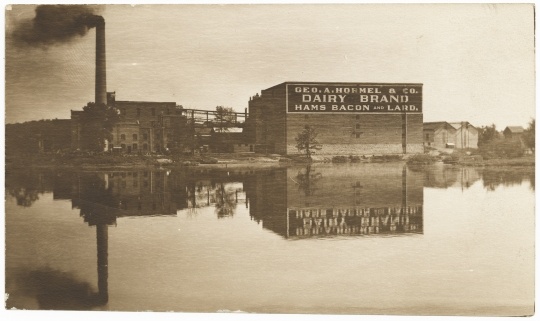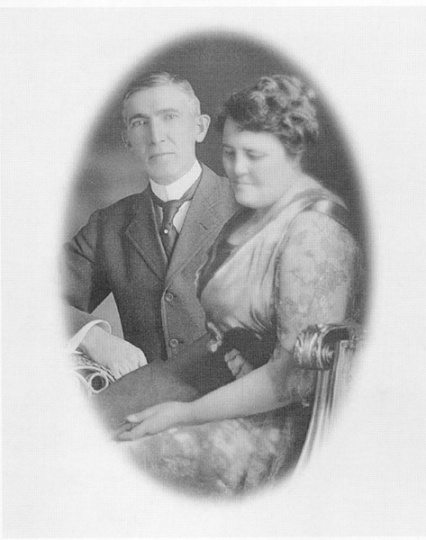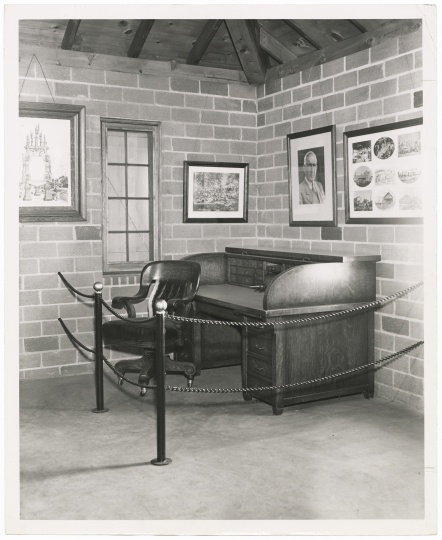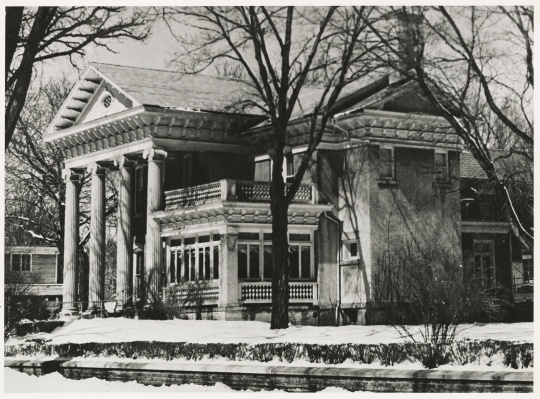In 1891, George Hormel established a pork packinghouse, Geo. A. Hormel and Company, in Austin, Minnesota. As a small independent meat packer in an industry dominated by corporate giants, Hormel devised a successful business strategy that emphasized quality over quantity and innovation over imitation. By the early twentieth century, his company had become one of the largest independent meatpackers in the Midwest.
George Albert Hormel was born in Buffalo, New York, on December 4, 1860, to German immigrants John and Susanna (Decker) Hormel. As a young child he moved with his family to Toledo, Ohio, where his father opened a tannery.
The economic depression following the Panic of 1873 made it necessary for young Hormel to quit school and work in order to supplement the family income. He went to Chicago to work in his uncle Jacob “Jay” Decker’s meat market, and it was there that Hormel learned how to process and pack meat. At the age of nineteen he moved to Kansas City, Missouri. After briefly working there as a wool buyer, he returned to Chicago and eventually secured a job as a traveling hide buyer.
In 1887, Hormel saw an opportunity to go into business for himself. On a work trip to Austin, Minnesota, he learned that a customer’s meat market had recently burned. The owner rebuilt the shop, but he no longer wanted to operate the market. Hormel borrowed $500 and bought a share in the business. In partnership with the owner’s son Albrecht Friedrich, he then opened the Friedrich and Hormel meat market. The two men dissolved their partnership in 1891, and Hormel used the money to establish his own pork packinghouse on the outskirts of Austin: Geo. A. Hormel and Company.
As a small, independent meatpacker, Hormel could not compete with the big Chicago packers: Armour, Swift, Morris, Wilson, and Cudahy. Hormel, however, was in the vanguard of a shift in the industry. Beginning in the late nineteenth century, meatpacking moved away from the centralized model of terminal stockyards and processors in a single location (like Chicago) to a model of decentralized “direct buying.” In this model, small packers located their operations in small cities and purchased livestock directly from farmers, eliminating the need for large terminal stockyards. Hormel was one of the first meatpackers to use the direct buying method, but others soon followed.
In order to operate a profitable packinghouse, Hormel devised a business strategy that emphasized quality over quantity and innovation over imitation. Although he was eventually able to expand his line of products, initially he specialized in just one: sausage.
The decision to specialize in pork packing was carefully calculated. During his years operating the meat market, Homel had kept careful records of each animal processed, tracking every carcass and the pieces of meat sold from each. He realized pork had the greatest profit potential, since every part of the pig carcass could be used in some way. Sausage increased the profit earned on each hog because it utilized parts of the animal that would otherwise go to waste.
At first, Hormel oversaw every aspect of the business and did whatever needed to be done, including buying livestock, butchering animals, grading the meat—even cleaning out the hog pens. But the company grew, and by 1900 it became necessary for Hormel to hang up his meat cleaver and trade in his overalls for a business suit. The company was officially incorporated in 1901.
In 1903 Hormel expanded the plant and installed new equipment. The number of hogs slaughtered increased from 42,538 in 1902 to 134,822 in 1905. Although this was still far less than the number of animals processed by the Chicago packers, Hormel was making inroads into the industry. By the outbreak of World War I, Geo. A. Hormel and Company slaughtered over 300,000 hogs annually. The company had become one of the largest independent meatpackers in the Midwest.
When Hormel’s son Jay returned from serving in the war, Hormel turned over more control of the daily operations to him, and Jay continued to expand the company. In 1924 it reached a significant milestone in the meatpacking industry when it processed 1 million hogs annually.
New product development increased substantially. In 1927, the company introduced the nation’s first canned ham, Hormel® Flavor Sealed Ham. The introduction of new products continued in the following decade: Dinty Moore® Stew and Hormel® Chili in 1935 and what came to be the company’s most famous creation, SPAM®, in 1937.
In 1927 Hormel appointed Jay acting president of the company and moved with his wife, Lillian, to Beverly Hills, California. He died there on June 5, 1946, after suffering a stroke. His body was returned to Austin for burial.
Editor’s note: Trademarks and specified images are owned by Hormel Foods Corporation, its subsidiaries, and affiliates. © Hormel Foods, LLC











